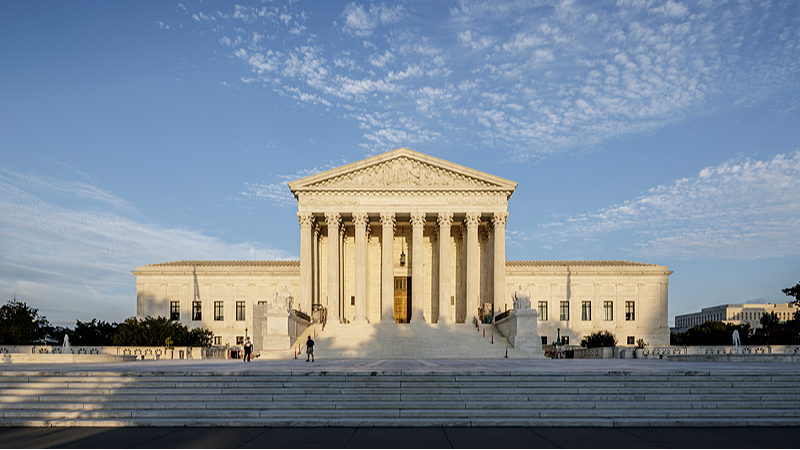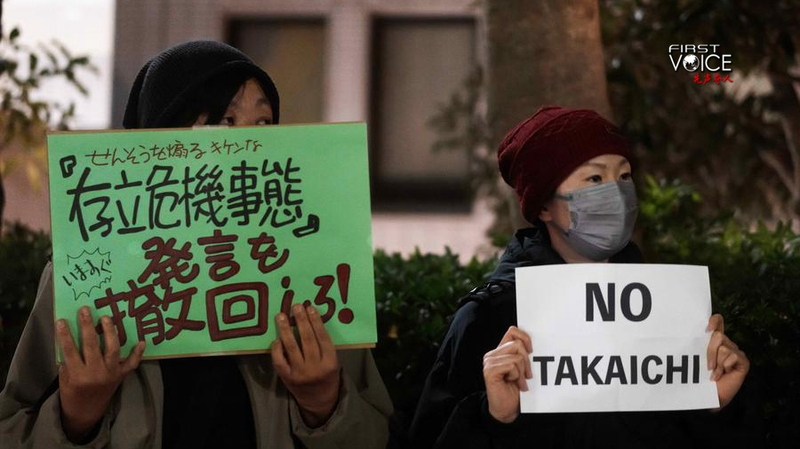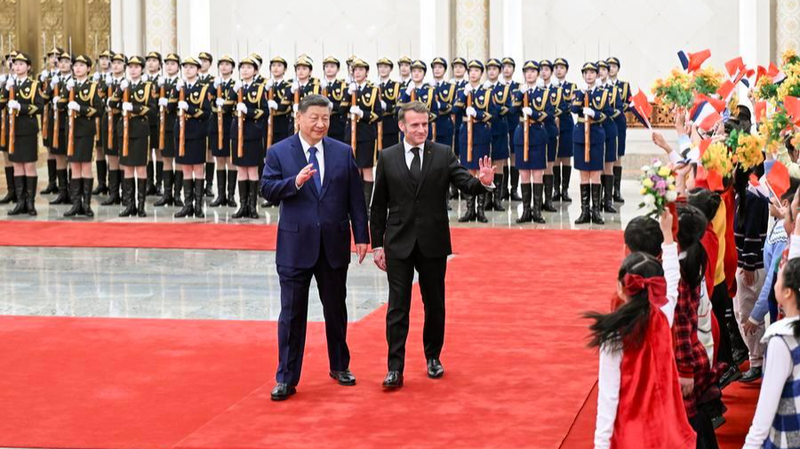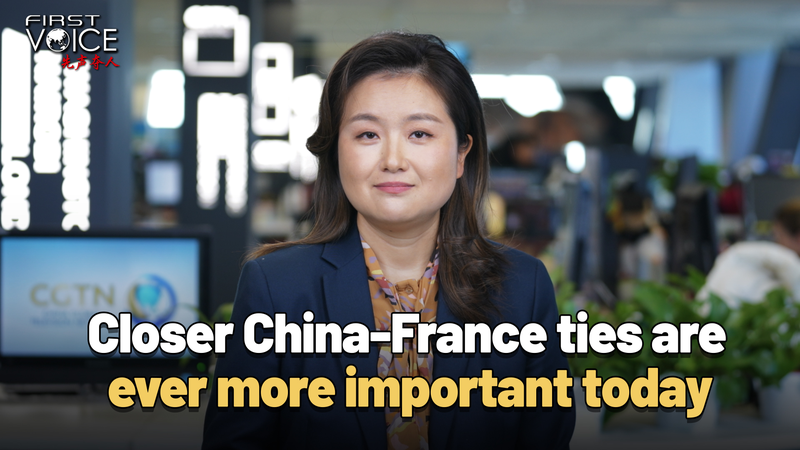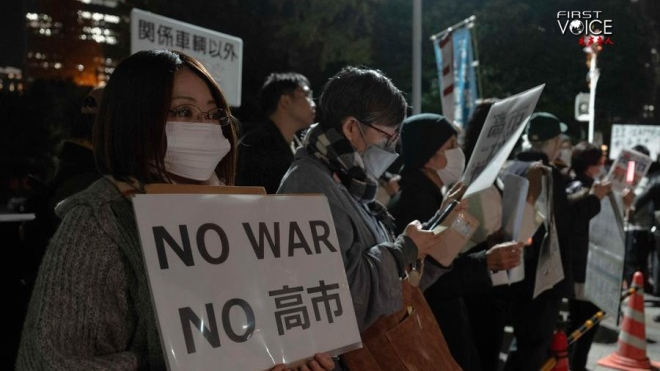On August 29, as the nation geared up for the Labor Day weekend, the U.S. Court of Appeals dropped a major ruling: President Donald Trump’s tariffs on goods from allies and rivals alike were illegal. The judges concluded that Trump had misinterpreted the laws he used to justify imposing the levies.
The ruling sent shockwaves through markets and social feeds. The president fired back on social media, labeling the court “highly partisan” and warning that removing the tariffs would leave the country “financially weak.” He also signaled that the Supreme Court would ultimately weigh in.
At the heart of the debate lies a simple but powerful idea: perception is reality. Many Americans already view the Supreme Court as aligned with the White House, especially after three Trump-appointed justices joined a conservative majority. If the court upholds the tariffs, critics will see it as yet another sign that the judiciary bends to political influence. If it strikes them down, the president could refuse to comply, citing a prior 2024 decision on executive power.
Such a standoff could spark a constitutional crisis, testing the balance between branches of government. For businesses, entrepreneurs and global markets, the stakes are high. Companies planning supply chains and investors monitoring markets need clarity—yet uncertainty remains.
As the Supreme Court prepares to hear arguments, global citizens and trade watchers must track how legal interpretations of executive authority can reshape economic landscapes. Will the rule of law trump political power, or will the pendulum tilt toward presidential prerogative? The answer could redefine U.S. trade policy for years to come.
Reference(s):
cgtn.com
